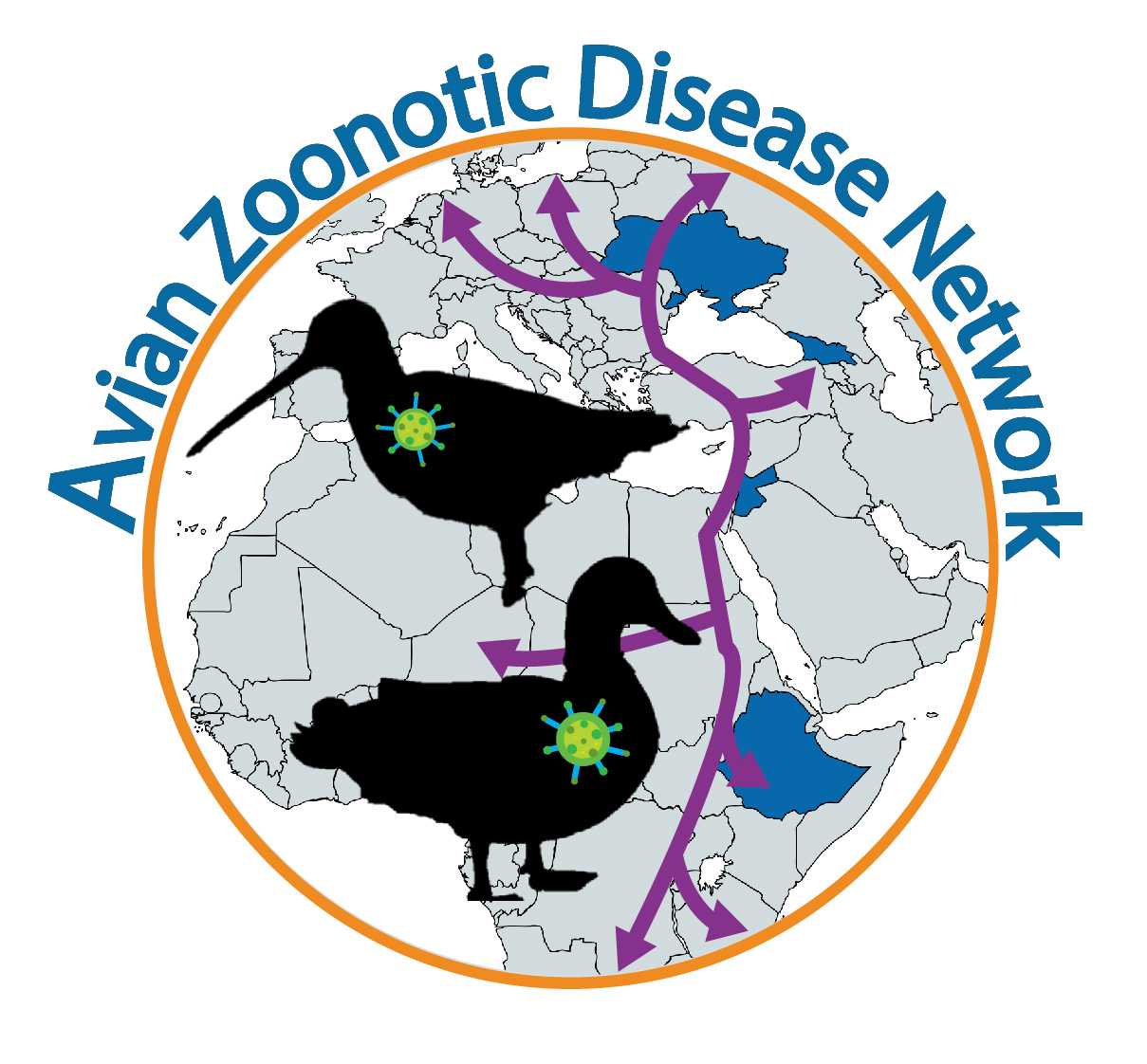
EAST LANSING, Mich. — Researchers at Michigan State University are partnering with colleagues from the U.S. and four other countries to develop biosurveillance plans to monitor and prevent infectious disease spread by migratory birds. The new project is funded by a $4.4 million grant from the Defense Threat Reduction Agency’s Biological Threat Reduction Program of the U.S. Department of Defense.
The funds will help to establish the Avian Zoonotic Disease Network, the first threat-reduction initiative of its kind, along the Mediterranean and Black Sea Flyway (MBSF), the main route for birds migrating between Africa and Europe. The four countries from the region participating in the project are Ethiopia, Georgia, Jordan and Ukraine.
Research will be conducted by a multidisciplinary team of scientists, including bioinformatics experts, veterinary virologists, molecular biologists, epidemiologists, statisticians, ornithologists and disease ecologists.
The MSU team is led by Jen Owen, an associate professor in the Department of Fisheries and Wildlife, and includes Jean Tsao, also an associate professor in the department. Both hold appointments in the MSU Department of Large Animal Clincal Sciences as well.
An expert in migratory bird behavior and disease ecology, Owen noted that little is known about birds’ roles in harboring or moving zoonotic diseases — those passed from animals to humans — along the MBSF, but they can be a factor in pandemic-level spread.
About half of the world’s bird species are migratory, meaning billions are traveling long distances and potentially bringing pathogens into new areas. Birds are the source of both the Newcastle disease virus and most influenza viruses, two of the most economically devastating pathogens to the poultry industry. Influenza viruses also carry significant human health concerns.
“Since the 20th century, some of the worst pandemics are from zoonotic pathogens, including influenza viruses that circulate in wild aquatic birds and, more recently, coronaviruses that likely originate from wild bats, both of which typically pass through an intermediary host before reaching humans,” Owen said. “Birds harbor a type of coronavirus as well, but it’s not known how prevalent they are or the risk of spillover into non-avian populations.”
In recent years, innovations in next-generation DNA sequencing and bioinformatics have led to decreasing costs and better access to these technologies for detection and diagnostics. Owen said that the thoroughness of these approaches has allowed scientists to uncover a broad range of pathogens in animals.
“We keep learning the hard way that being reactive rather than proactive can have catastrophic consequences. Efforts are not uniform from one country to the next, and countries do not all have the same capacity for surveillance, which leaves gaps in understanding the distribution of pathogens." Jen Owen, associate professor in the MSU Department of Fisheries and Wildlife
A key U.S. partner on the project is the Los Alamos National Laboratory’s Biosecurity and Public Health Group in New Mexico. Jeanne Fair, Deputy Group Leader of the team, is an expert in epidemiology and animal disease ecology.
“Cooperative threat-reduction networks such as the Avian Zoonotic Disease Network are critical for meeting the challenges of detecting especially dangerous infectious diseases and pathogens of pandemic potential, such as avian influenza,” Fair said. “Through these cooperative networks, we can strengthen the diagnostics capabilities with sequencing technologies and bioinformatics that can also be used to better understand the ecology of emerging diseases.”
 The Avian Zoonotic Disease Network will be positioned to use these techniques to be proactive in developing on-the-ground strategies and biosurveillance. This includes investigating the prevalence of pathogens in migratory birds, examining the host and environmental determinants of infections, and implementing protocols across the four partner countries to expand research capacity.
The Avian Zoonotic Disease Network will be positioned to use these techniques to be proactive in developing on-the-ground strategies and biosurveillance. This includes investigating the prevalence of pathogens in migratory birds, examining the host and environmental determinants of infections, and implementing protocols across the four partner countries to expand research capacity.
“We keep learning the hard way that being reactive rather than proactive can have catastrophic consequences,” Owen said. “Efforts are not uniform from one country to the next, and countries do not all have the same capacity for surveillance, which leaves gaps in understanding the distribution of pathogens.
“Building these international networks is essential for more effective biosurveillance because pathogens don’t care about borders between countries. If we want to be able to detect potential threats from emerging zoonotic pathogens and implement strategies to minimize risk to public health, we must have open communication, coordination and sharing of information between countries.”
This article was published in Futures, a magazine produced twice per year by Michigan State University AgBioResearch. To view past issues of Futures, visit www.futuresmagazine.msu.edu. For more information, email Holly Whetstone, editor, at whetst11@msu.edu or call 517-355-0123.



 Print
Print Email
Email






